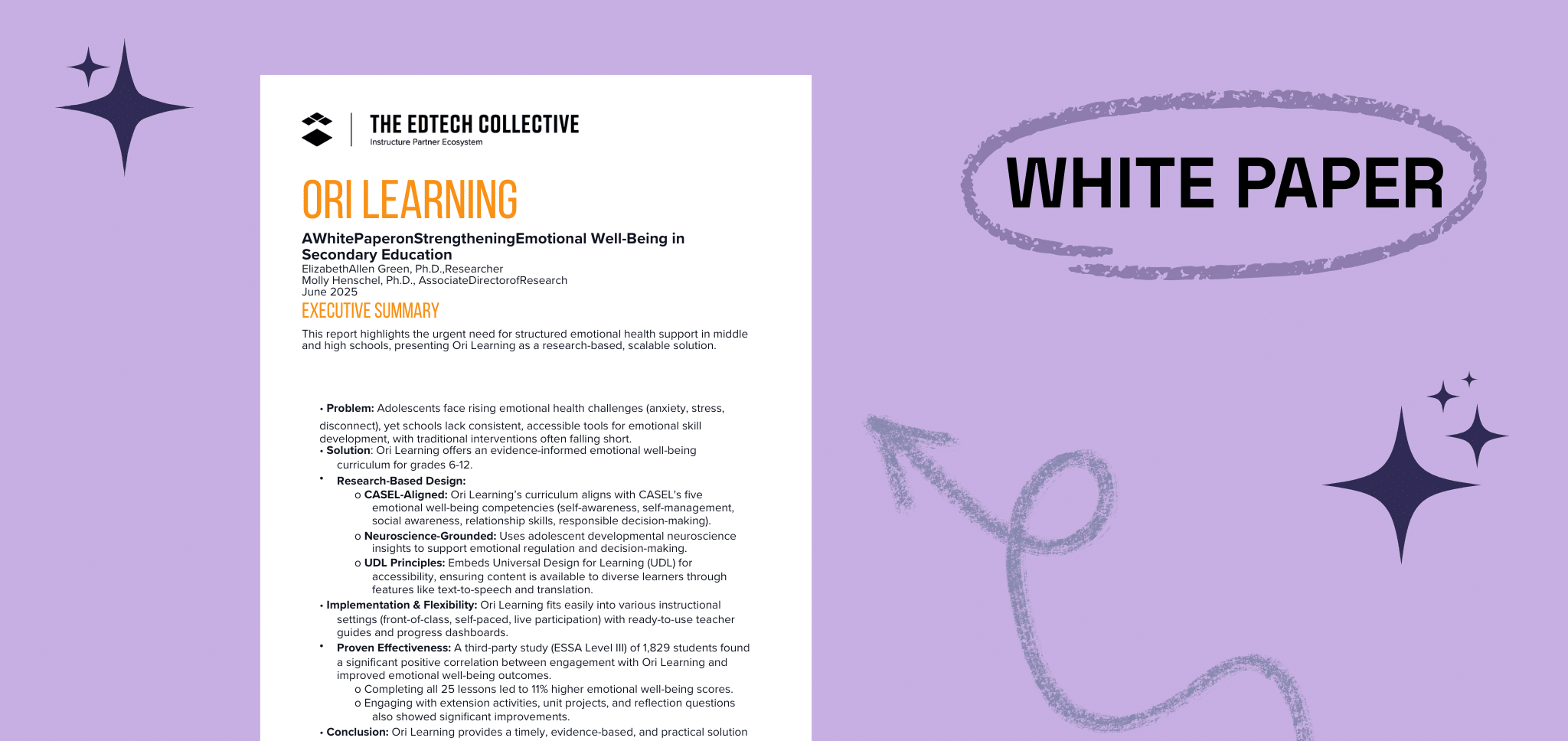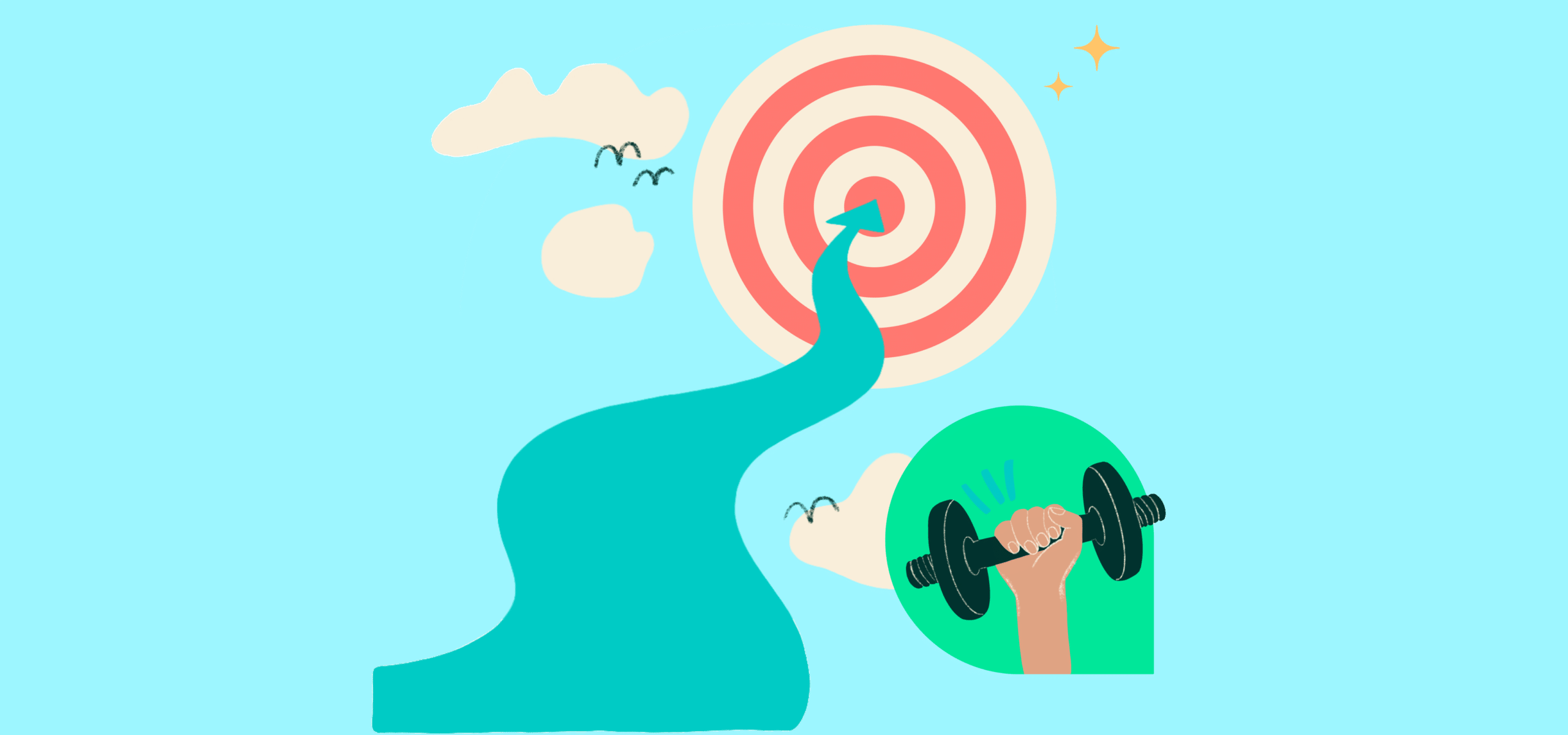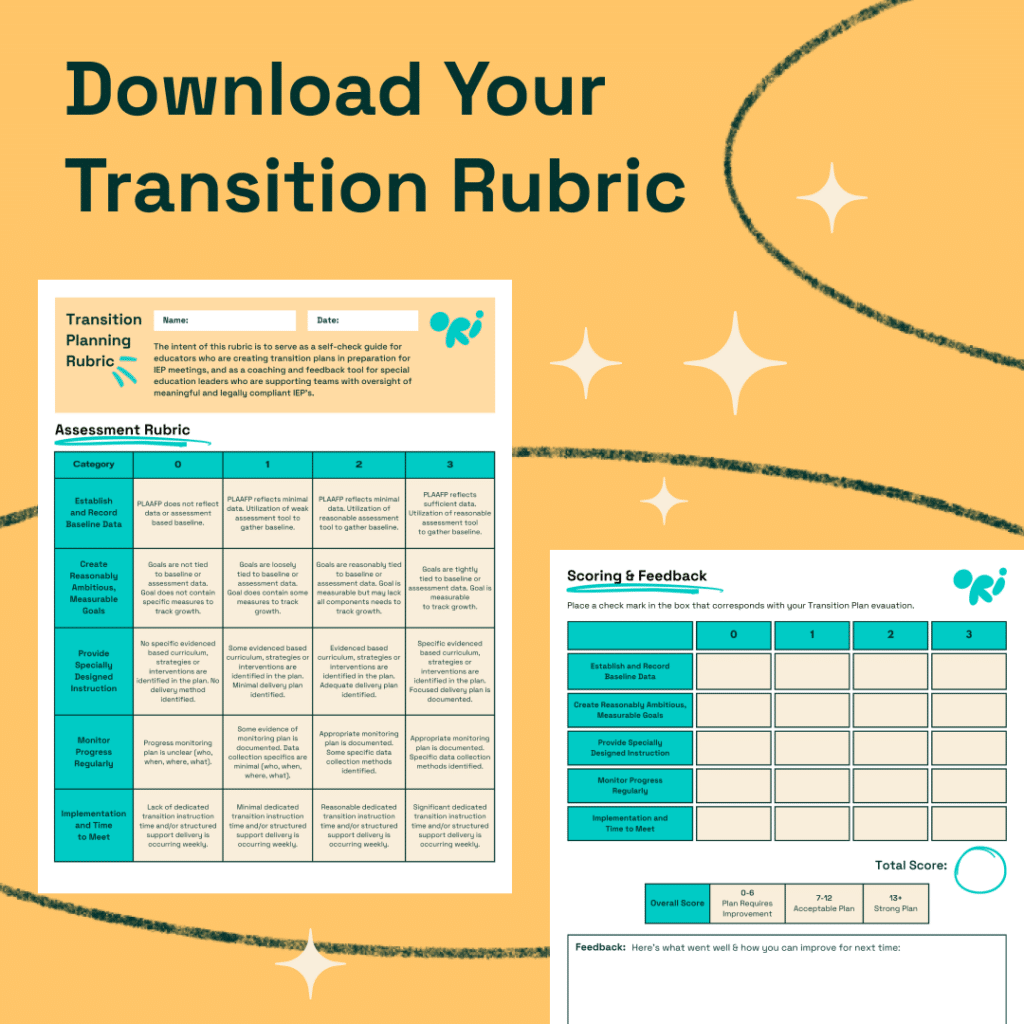

Respecting personal space is a critical social skill that helps students navigate their interactions more effectively and comfortably. This guide aims to assist educators in developing Individualized Education Program (IEP) goals that focus on enhancing students’ understanding and respect for personal space, particularly for those with special needs.
Personal space refers to the physical area surrounding an individual that they consider their own, psychologically comforting zone. For many students, particularly those with special needs, understanding and maintaining personal space can be challenging. Teaching personal space awareness is crucial as it affects students’ ability to form healthy relationships and interact socially in both school and community settings.
Integrating personal space goals into a student’s IEP can significantly impact their social interactions and emotional well-being. These goals help students learn how to interact with others without causing or experiencing discomfort, which is essential for building social competence and peer relationships.
Personal space IEP goals should be aligned with the student’s Present Levels of Academic Achievement and Functional Performance (PLAAFP) and comply with the Individuals with Disabilities Education Act (IDEA). These goals should be tailored to address specific needs identified in the PLAAFP and contribute to the student’s overall social and emotional development.
Our Transition Planning Rubric is designed to support district leaders and educators in guiding their teams towards excellence in transition planning.
It provides comprehensive criteria that cover the breadth of transition planning, from gauging student engagement to evaluating post-secondary goals and services.
Expand your team’s capabilities and improve the success of IEP meetings.

Prepare your students for lifelong success with Ori’s Transition Curriculum.
Developing personal space awareness through targeted IEP goals is essential for helping students with special needs enhance their social skills and emotional comfort. By setting specific, measurable, achievable, relevant, and time-bound goals, educators can provide effective support for students to understand and respect personal boundaries, which is crucial for their success in interpersonal relationships and overall social integration. This guide offers a structured approach to creating impactful personal space goals, fostering better social interactions for students with special needs.